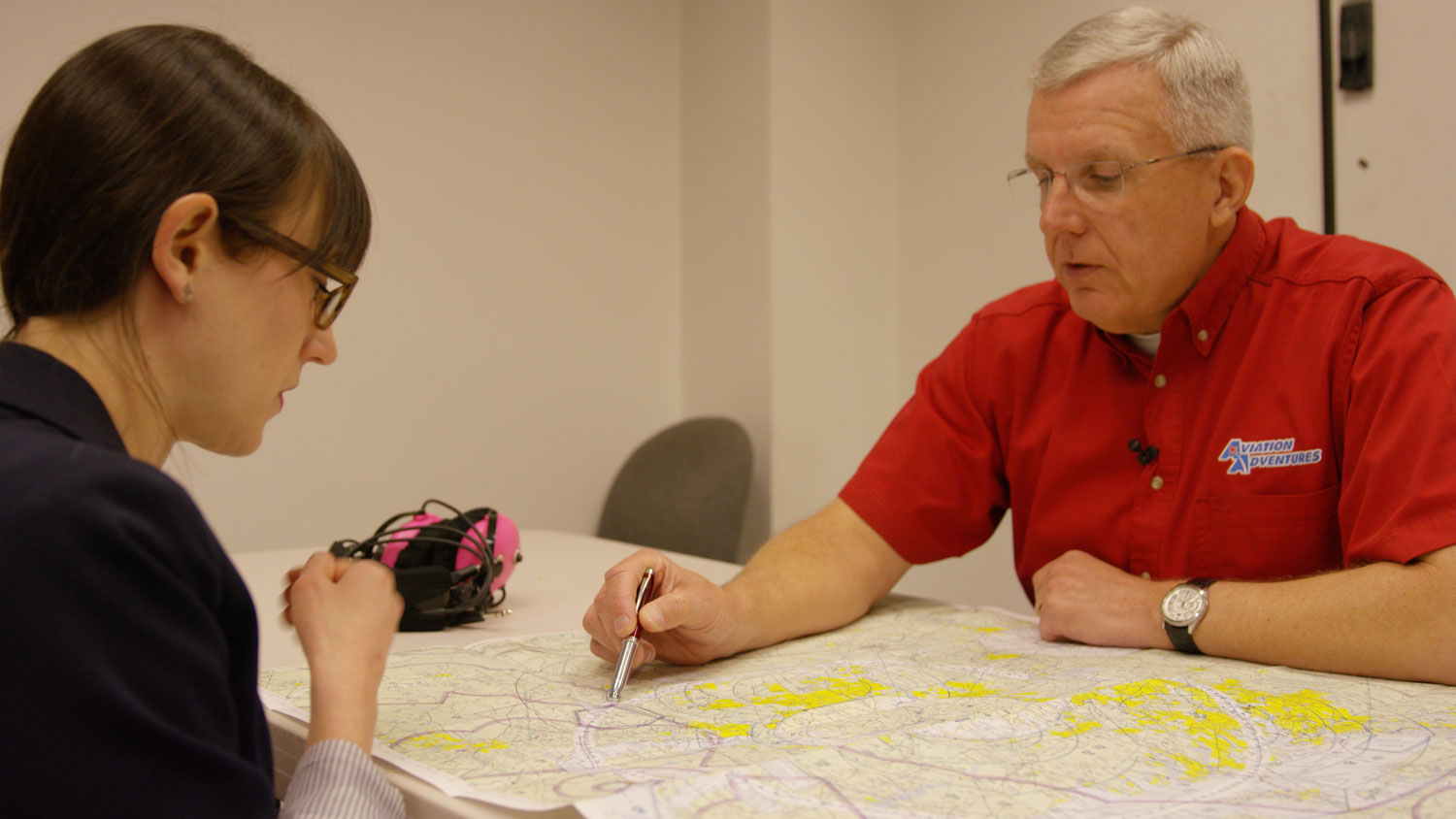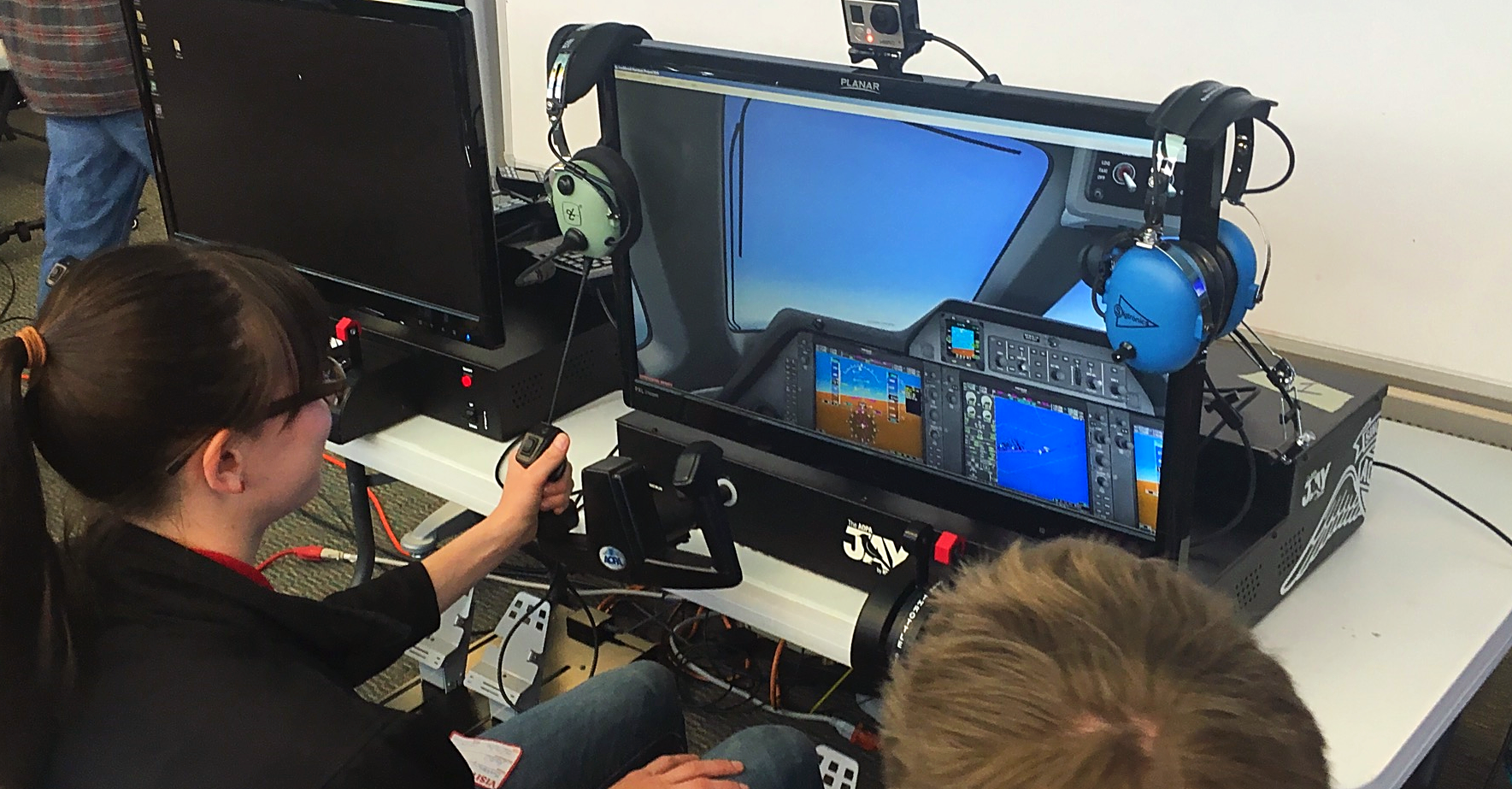The Pros and Cons of Online Classes for STEM Education
Much has been said and written about the effectiveness of online learning during the COVID-19 pandemic. As educators had to shift pedagogical gears, there may have been a little grinding. Part of that may have been due to teachers getting up to speed and students getting out of their comfort zone to adjust to a new routine. Even so, there are other factors at play that will determine the success of a program's online courses in both the short and long-term.
The big advantages of online learning
Specialized courses anywhere
Bringing specialized classes to rural communities is one huge advantage of online courses. However, metropolitan schools also have found value in online courses—especially because of the learning flexibility that they provide for their students.
If there is space available at the school, students can take online courses in a regular classroom during the school day. Most classrooms have at least one large screen television that can connect to the internet for students to take courses online. These classes often are run by a classroom facilitator who is responsible for setting up the technology, managing classroom behavior, and organizing and distributing any class assignments.
Of course, students also can take online classes using a laptop, tablet, or smartphone, which allows them to participate from home or elsewhere in the school. The use of personal devices can be beneficial for school districts that want to offer additional electives outside of traditional school hours.
Expanded course offerings at minimal cost
Having a teacher on campus to teach specialized courses sounds very appealing until schools face the prospect of having to pay this person full-time. Adding an instructor for specialized courses can cost school districts anywhere from $60,000 to $70,000 and up. Plus, even if the district can hire a new teacher, it then has to determine if there is classroom space available.
Understandably, for many school districts, dedicated classrooms for specialized courses are a luxury they cannot afford. However, school districts can offer these courses online for a fraction of the cost. For university courses, a recent study published by the American Association for the Advancement of Science found that online education platforms successfully scale STEM instruction with equivalent learning outcomes at a lower cost.
Expert instructors
In addition to reducing a school district’s costs, online courses also can help attract teachers who are experts in their industry and field. Platforms such as MasterClass created and scaled entire businesses on this idea. Online courses can provide more opportunities for students to learn from knowledgeable industry professionals.
Related Content: Four Awesome STEM Programs Powered by Aviation
The challenges and growing pains
Internet access
For specialized e-learning courses to have the proper effect, there must be an internet signal to power them. Normally, this is not an issue in most classroom settings. However, internet access may be a challenge for students taking courses outside the school. If an internet connection isn’t available in a student’s home, then s/he may have to get creative to find one. That said, in most communities, students will be able to find a public establishment that offers free WiFi—whether it's a library, coffee shop, or another space recommended by the school or teacher. Before enrolling in an online course, students should have a reliable place identified to take it, but they should be able to find a solution.
Device access
Students also need a device to log on and take the course. While many students have access to a computer or tablet, you cannot assume that all students do. If students are not able to borrow a device from a family member, many schools allow students to check one out to ensure that they can participate effectively in online courses.
The content review process
After being burned by some of the early online course offerings, school districts decided to form academic review committees to evaluate the online courses that they planned to offer students. Academic review can be time-consuming, costly, and—in certain situations—can create animosity among the faculty. Additionally, as new (read: STEM) courses become available, there may not be an expert on campus equipped to evaluate the curricula.
Student adjustments
Students must have a new level of initiative to participate in online classes. The classroom candy, as I call it, goes away in the digital world. Teachers can’t spoon-feed the information. As such, students have to understand that it’s their responsibility to stay committed and kick up their level of engagement a notch to succeed in the course.
Teacher adjustments
Similarly, teachers must reach a new level of proficiency to lead online classes. Unfortunately, there aren’t many supplemental or in-service training programs for teachers to learn how to teach in front of a camera. It’s a different skill set to be sure. Some teachers also are not particularly excited about having to teach this way. However, the right attitude can go a long way toward bolstering an educator’s skills and helping students succeed in a new forum.
Real-world planning
Not all online courses are equal
Let’s be honest; there are some pretty crummy online courses out there. Remember those experts I talked about earlier? Well, let’s just say that not everyone is cut out to teach in front of a camera. The material can be fascinating, but if the teacher isn’t, then it’s going to be a long day. That’s why educational review committees have to evaluate not just the material, but the likelihood that a student will stay engaged for the duration of an online course. Maintaining student interest in the course content is even more important online, where it's more challenging for educators to read students' body language and adjust their approaches.
What if you lose connection?
Even if internet accessibility isn't an issue, internet reliability can become a problem at a moment's notice. To create and broadcast live courses, school districts depend on strong internet connectivity. However, whether you are teaching or learning, you have to have a plan for when you lose connection. Of course, it's a little easier when you’re learning, because you can take a break and stretch your legs if your connection drops out. However, if you’re teaching the course, this can be an all-out showstopper. Educators must have a contingency plan in place that prevents students from falling behind or missing valuable information due to connection issues.
For which age groups is online learning effective?
There is a concern, and rightfully so, about the age groups participating online. Some elementary and middle school teachers worry about their students’ ability to stay focused while looking at a screen. To that, I ask, have you heard of SpongeBob SquarePants? X-Box? PS5? (yes, there is a 5 now!) These students are already staring at screens. They might stare at screens all day long if not for parental supervision. So, why not harness this addiction—err, appetite—and follow the path of least resistance? There is a tremendous opportunity to tailor creative educational content to this demographic. Let's use this unique opportunity to meet them in their own world.
That said, online courses can present socialization issues for younger students, which are less of a concern for high school students and up. I believe that children, especially younger children, need the socialization that occurs in a traditional, physical classroom setting (or some reasonable facsimile). This is where we sew the seeds of good social conduct in our society. Students learn teamwork and sharing by physically sharing and teaming. Learning how to follow instructions and learning about the consequences of failing to do so are very important. However, while physical presence is a key to early learning, educators still can begin the distance learning incubation in these younger grades. Even small doses of online learning practice can go a long way in setting the stage for the distance learning to come in high school, college, and beyond.
Why online courses make sense for STEM education
The subject matter
I don’t think it’s a stretch to suggest that STEM courses tend to be a bit more challenging on the academic spectrum. There is also a variety of STEM course offerings. At many schools, there may not be a teacher who is qualified to lead certain courses. Hiring an expert from a STEM field to develop and teach specialized curricula allows students a chance to learn new subjects that they might not be able to otherwise.
Related Content: STEM for Every Classroom
Technology platforms for technology courses
The “T” in STEM stands for technology, so educators shouldn’t be afraid to use it. This is a perfect opportunity for educators to model what they teach. Using the latest, cutting-edge technology can be an unwanted adjustment for many educators, but I’m not ashamed to admit that I have been on the other end of tech learning with my students. They’ve had to show me a thing or two, but it is proof positive that you can teach an old dog new tech! Embrace it, and you can foster a collaborative learning environment that benefits everyone.
Advances in blended learning
For students in the 21st century, “hands-on” should be more than a buzzword, but there is no reason that blended learning cannot be a part of a student’s virtual education. Some of the new online STEM courses allow students the same type of hands-on participation that they would find in a classroom. By making these equipment “labs" available to students, which is totally doable even during a pandemic, learning platforms can deliver the same type of feedback that a student might experience in a one-on-one educational setting. Therefore, learning can continue even if the instructor is in a different time zone!
Career development
Think for a minute about the jobs waiting for your students in the future, and recognize that this generation will change careers more than most of us changed jobs. Many of these STEM careers and jobs may not even exist yet. That means students will need to learn technical information quickly and efficiently. Plus, I doubt that their learning will occur in a traditional classroom setting. Their training will take place online. So, why not prepare them for that future and teach them an employable skill at the same time? A basic foundation in technology and/or computer science can help support STEM career development in many ways.
Ever the optimist, I always try to find the silver lining, and it’s no different here. Is distance learning perfect? Hardly. But is that a reason to summarily dismiss it out of hand? No, it isn't. To some, I realize that my point of view may seem wildly self-serving. Fair enough. However, my years teaching online have shown me that students can adapt and excel in academically rigorous courses without a physical classroom environment. E-learning offers substantial benefits to students in normal times, and e-learning platforms can be a capable stand-in for the traditional classroom setting during extraordinary times like the coronavirus pandemic.
Share this
You May Also Like
These Related Articles

STEM For Every Classroom

Redbird STEM Lab: The Classroom of the Future

